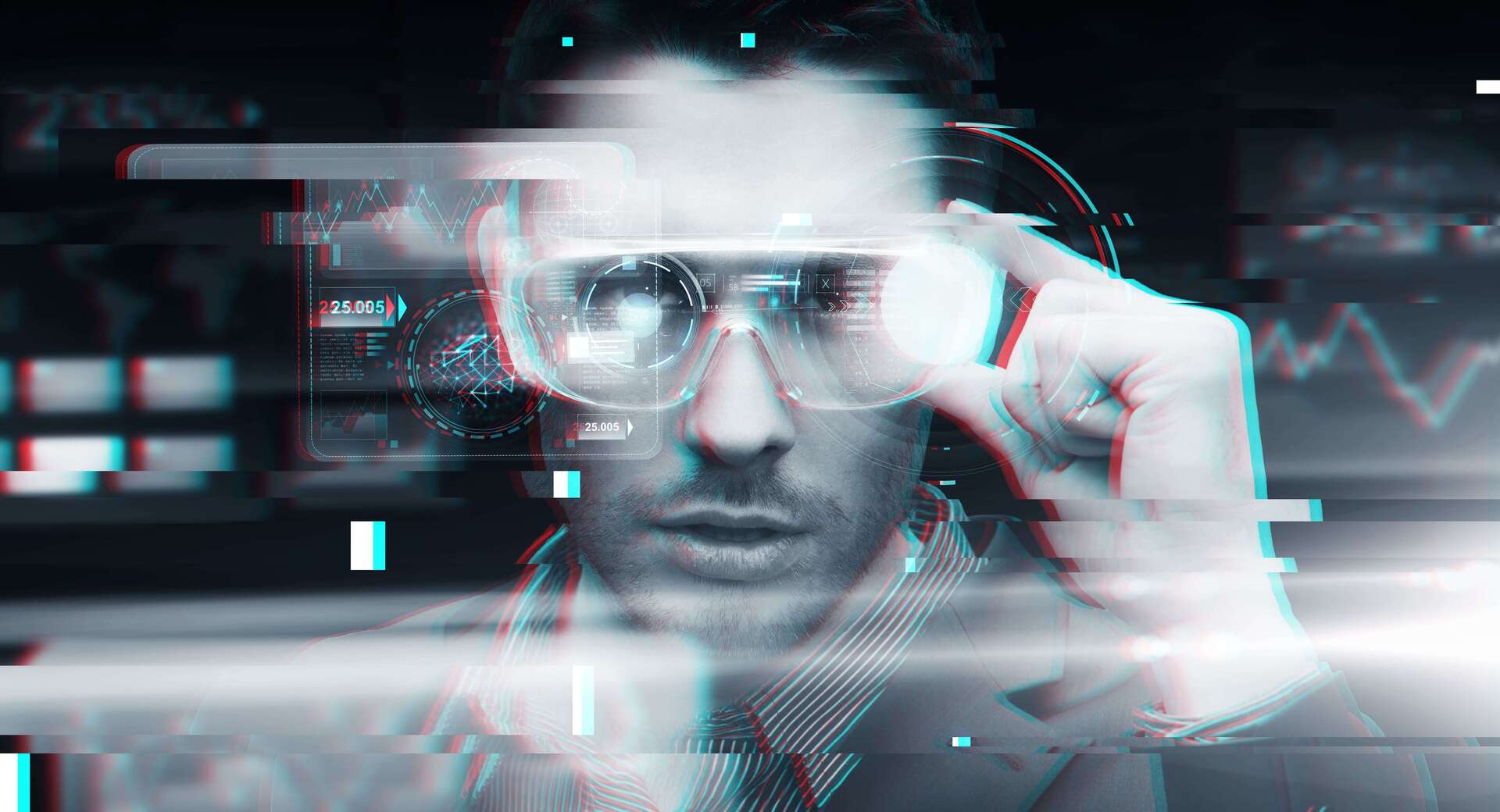
FAQ About Augmented Reality
Augmented Reality
2 years ago | gizem
What are the different types of Augmented Reality?
There are several different types or variations of Augmented Reality (AR) based on the way virtual content is overlaid onto the real world. Here are the main types of AR:
- Marker-based AR: Marker-based AR relies on the use of specific markers or visual cues, such as QR codes or image targets, to trigger the display of virtual content. When the AR device's camera identifies these markers, it overlays the corresponding virtual elements on top of them.
- Markerless AR: Markerless AR, also known as location-based AR or markerless tracking, does not require specific markers. Instead, it uses the device's sensors, such as GPS, compass, and accelerometer, to determine the user's location and orientation. Virtual content is then anchored to real-world geographic coordinates or environmental features.
- Projection-based AR: Projection-based AR involves projecting virtual content directly onto physical surfaces or objects. This can be achieved using projectors or other display technologies to overlay images, videos, or interactive interfaces onto real-world surfaces, creating the illusion of virtual objects in the physical space.
- Superimposition-based AR: Superimposition-based AR overlays virtual content onto the real-world view captured by the device's camera. Virtual elements are accurately positioned and aligned with the physical objects in the scene, blending seamlessly to create the illusion that the virtual content is part of the real environment.
- Recognition-based AR: Recognition-based AR combines computer vision and image recognition techniques to identify and track specific objects or patterns in the real world. The AR system recognizes objects or triggers, such as logos, products, or specific gestures, and overlays relevant virtual content based on the recognized objects.
- SLAM (Simultaneous Localization and Mapping) AR: SLAM AR combines simultaneous localization and mapping techniques to understand the user's position and the environment in real-time. It creates a digital map of the physical environment while tracking the user's movements, allowing for accurate placement of virtual content and interactions.
- Outlining AR: Outlining AR highlights or outlines real-world objects or surfaces with virtual lines or contours. It helps to draw attention to specific elements or provide visual guidance by outlining objects, paths, or boundaries in the user's view.
- Wearable AR: Wearable AR refers to AR experiences delivered through specialized devices like AR glasses or headsets. These devices provide a hands-free and immersive AR experience, overlaying virtual content directly into the user's field of view.
